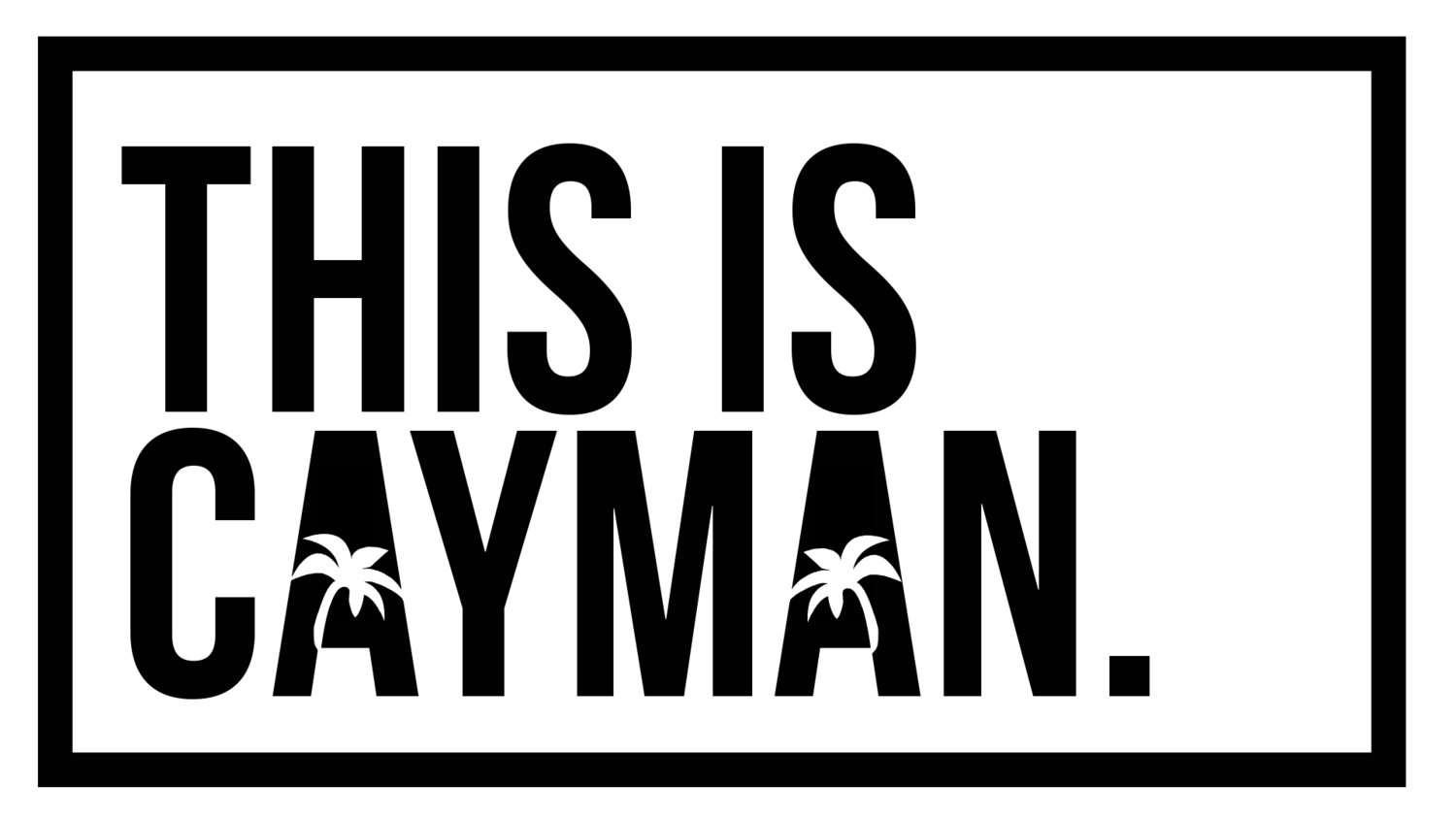Our planet is in a state of ecological decline and never has there been more of a focus on conservation, and rightly so. This has translated into a strong emphasis and attempt at growing Eco-tourism industries in places like Grand Cayman and other parts of the Caribbean, where much of the damage caused to the environment can be attributed to tourism. Islands account for nearly 1/6 of earth's total land area, yet the ecology of island ecosystems is vastly different and more delicate than that of mainland communities and need to be treated as such.
Below are 5 main Cayman conservation efforts worth supporting because they are key to the preservation of Cayman's ecology.
Coral nursery conservation program
In Cayman there is a deep understanding of the importance of maintaining a healthy underwater environment and great care is taken to preserve the spectacular sea world found here, from the shallows to the very ends of the ocean depths. One of the leading conservation programs in Cayman working towards this end goal is the Coral Nursery Conservation program. Participating affiliates nurtures a coral tree nursery and actively participates in maintaining the nurseries and transplanting viable coral fragments onto critical reefs and ecosystems for Cayman’s coral reefs to be able to survive and even thrive. This program is supported by most of the diving schools and operators as well as locals and expats. Visitors are also welcomed and encouraged to take part in the efforts being made.
Contact your a local diving school or operator to enquire how you can donate funds or to contribute.
The Cayman Turtle Centre
The Cayman Turtle Centre is a conservation facility and tourist attraction located in the West Bay district of the Cayman Islands. Turtles are often a hot topic, controversial to say the least due to the people of Cayman's tightly woven history with the turtle.
First established in 1968 to breed the endangered green sea turtle for commercial purposes, the facility today is a centre for conservation, research as well as breeding. Though a percentage of turtles are bred for their meat the majority are released into the wild. In this way, the local turtle meat industry can be sustained without depleting the wild population of the species.
Visit the Cayman Turtle Centre for more information on the conservation and research efforts being made and how you can support: www.turtle.ky
The Blue Iguana Recovery Programme
The Blue Iguana Recovery Programme, headed up by the National Trust of the Cayman Islands, is a conservation initiative dedicated to the protection of the endangered Blue Iguana species native to the Cayman Islands.
The Blue Iguana is a unique species and is Grand Cayman’s largest indigenous land animal, reaching up to 5 feet long and over 25 lbs. Once numbering in the tens of thousands, their numbers declined devastatingly to fewer than 25 Blue Iguanas left in the wild by 2001, due to the industrialization of Grand Cayman and the arrival of domesticated animals, people and cars. Today, the Blue Iguana Recovery Programme, housed at the Queen Elizabeth Botanical Park, facilitates a captive breeding programme and offers guided informative tour through the facility introducing the public to the fascinating blue dragons and the dedicated people spearheading the programme responsible for saving the Blue Iguana from the brink of extinction.
Stingray Conservation Efforts and Ecology Research
One of Cayman's most popular tourist attractions, Stingray City, is a series of shallow sandbars found in the North Sound of Grand Cayman that are home to its most beloved creatures, the southern Stingrays. These Stingrays gather in abundance and have grown tame and curious, allowing for human interaction and petting in exchange for being fed seafood snacks. It is here where the scientists and marine biologists of the Guy Harvey Research Institute have commenced with research and monitoring of the behavior, reproduction, genetics and population characteristics of these beautiful gentle southern stingrays to aid in conservation efforts.
Visit Stingray City and make sure to inquire more from your knowledgeable guide about these wonderful sea giants.
Protection of Woodland Forests & Mangrove Wetlands of Cayman
The Cayman Islands supports two very distinct kinds of vegetation, evergreen thicket and woodland, and seasonal swamps. These subtropical dry forests and mangrove wetlands support unique and diverse ecosystems that are indigenous and quite typical of the Cayman Islands and the Greater Antillean region and in need of protection for future generations and The National Trust for the Cayman Islands is working exceedingly hard to establish a protected area system, giving priority to areas rich in biodiversity.
For more information on this and how you can support these efforts be sure to visit The National Trust for the Cayman Islands' website here: www.nationaltrust.org.ky
Mangrove Wetlands of Cayman





